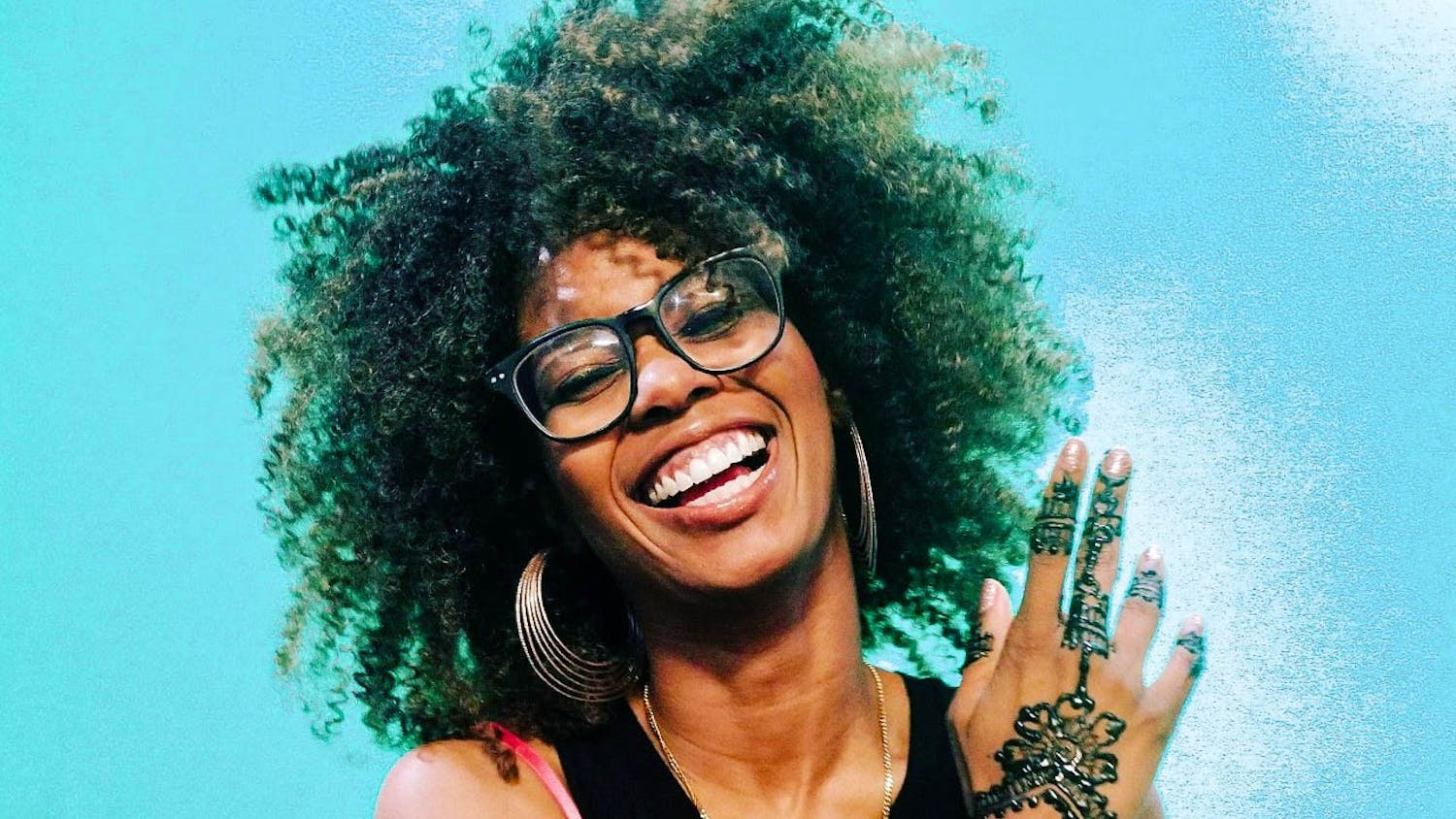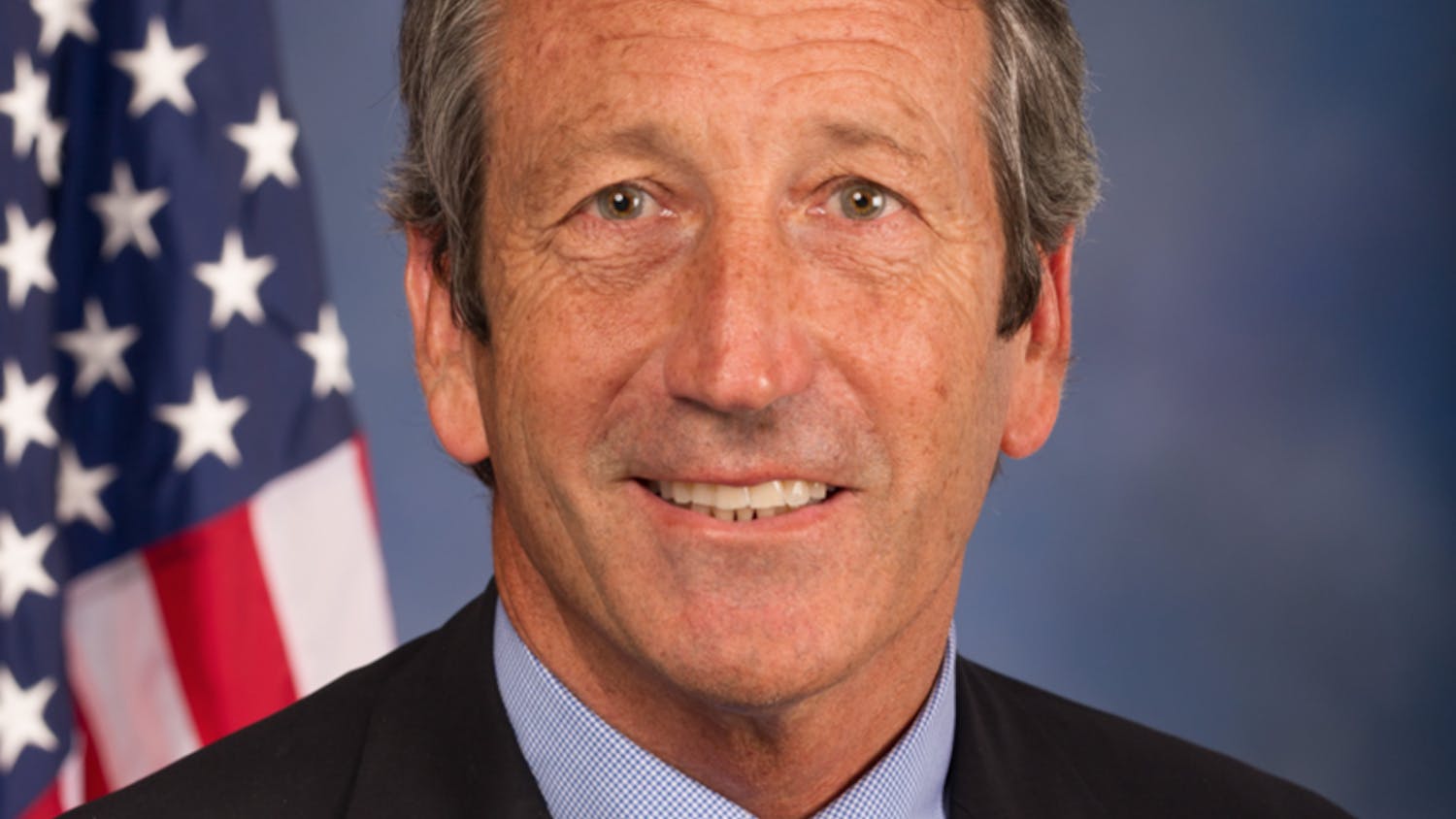Even before setting foot on campus, college students are warned about peer pressure. The danger of peer pressure is its ability to normalize harmful behavior. However, just as the development of the atomic bomb resulted in the creation of a clean energy alternative, our collective understanding of this psychological weapon gives us an opportunity to use its power for good. While peer pressure can normalize harmful behavior, it can also effectively normalize healthy behavior. The same way that there are dangers to the use of nuclear power, there are admittedly potential flaws to using peer pressure in the pursuit of a positive goal. However, it is overall an effective tool that acts as a guiding force for the uninformed in determining acceptable behavior.
Robert Frank, a Cornell University economics professor, supports this idea by arguing that peer pressure can be used to mobilize the fight against climate change. With regards to installing solar panels, recycling more, eating less meat or taking public transportation, Frank emphasizes that “if your peers see you engaging in these behaviors, they’re more likely to follow suit.” The same principles of peer pressure in the fight against climate change can be applied to the fight against racism. If your friends see you engaging in anti-racist behaviors, they’re more likely to follow suit. This is the phenomenon of positive peer pressure: the ability of pressure from one’s peers to influence one to do something positive. Positive peer pressure has proven to be a necessary and effective tool in mobilizing our nation’s most recent push in the fight against systemic racism.
Since the murder of George Floyd, there has been a wave of positive peer pressure across social media platforms, disrupting the usual feed of largely mindless content. There are petitions to sign, organizations to support and educational resources to consult. Consumers of social media are asked to reflect, participate and call upon their friends to do the same. With each refresh, users feel an inevitable pressure to not hide behind a like, comment or follow, but to act in support of the Black Lives Matter movement.
Positive peer pressure on social media has become a means through which people can hold one another accountable in the fight against racism. The most public example of this was in the case of NFL star quarterback Drew Brees. In an interview on June 3, the day after all of social media paused to consider the persistence of systemic racism in our nation, Drew Brees called national anthem protests “disrespectful.” Brees had made similar comments condemning Colin Kaepernick in 2016, but faced little backlash at the time. This time, after a storm of peer pressure in the form of backlash on social media, he was held accountable. Brees apologized the next day, saying his comments were “insensitive and completely missed the mark.”
I support the use of positive peer pressure in the fight against racism, but I recognize the counterarguments that exist. As I see it, there are two relatively minor flaws in using this tactic, and a third flaw that is of utmost significance. The first flaw is that, in theory, positive peer pressure shouldn’t have to be used. Drew Brees should have gotten it right the first time. While I understand this argument, as a white man who will never completely understand the lived experience of racism, I know what it’s like to get it wrong when discussing race. Positive peer pressure, while it wouldn’t have to exist in an ideal world, provides an avenue through which privileged individuals like myself can educate and better themselves.
The second minor flaw is that positive peer pressure creates an environment in which it becomes difficult to distinguish between activism and performative activism — the practice by which people participate in activism to increase or protect one’s social capital rather than for true devotion to the cause. Intention, not just action, matters in the fight against racism. In an ideal world, all anti-racist action would be done with the best of intentions. However, intentions are a mystery, actions are much easier to measure and anti-racist action with selfish intentions is better than no anti-racist action at all.
The final flaw in using positive peer pressure to generate anti-racist action is that it is most effective in public forums. This flaw is much more difficult to argue against than the previous two. Put simply, in the absence of peers, peer pressure has much less of an influence. Right now, anti-racists are producing a high level of anti-racist action, but what happens when these people aren’t around?
This reality of the required presence of peers in the function of positive peer pressure is particularly troubling because a voting booth — a key breeding ground for change — is a private space. Inside the voting booth, there is no accountability. Our current president is campaigning on the existence of a “silent majority” because, within the walls of a voting booth, that silent majority is able to resist the forces of positive peer pressure and keep racists, like Donald Trump, in office. In order for the recent upturn in anti-racist activity to make a tangible impact on the ballot box, the anti-racist voices of our peers must be internalized, not just retweeted. Even after ballots are cast, positive peer pressure must persist.



